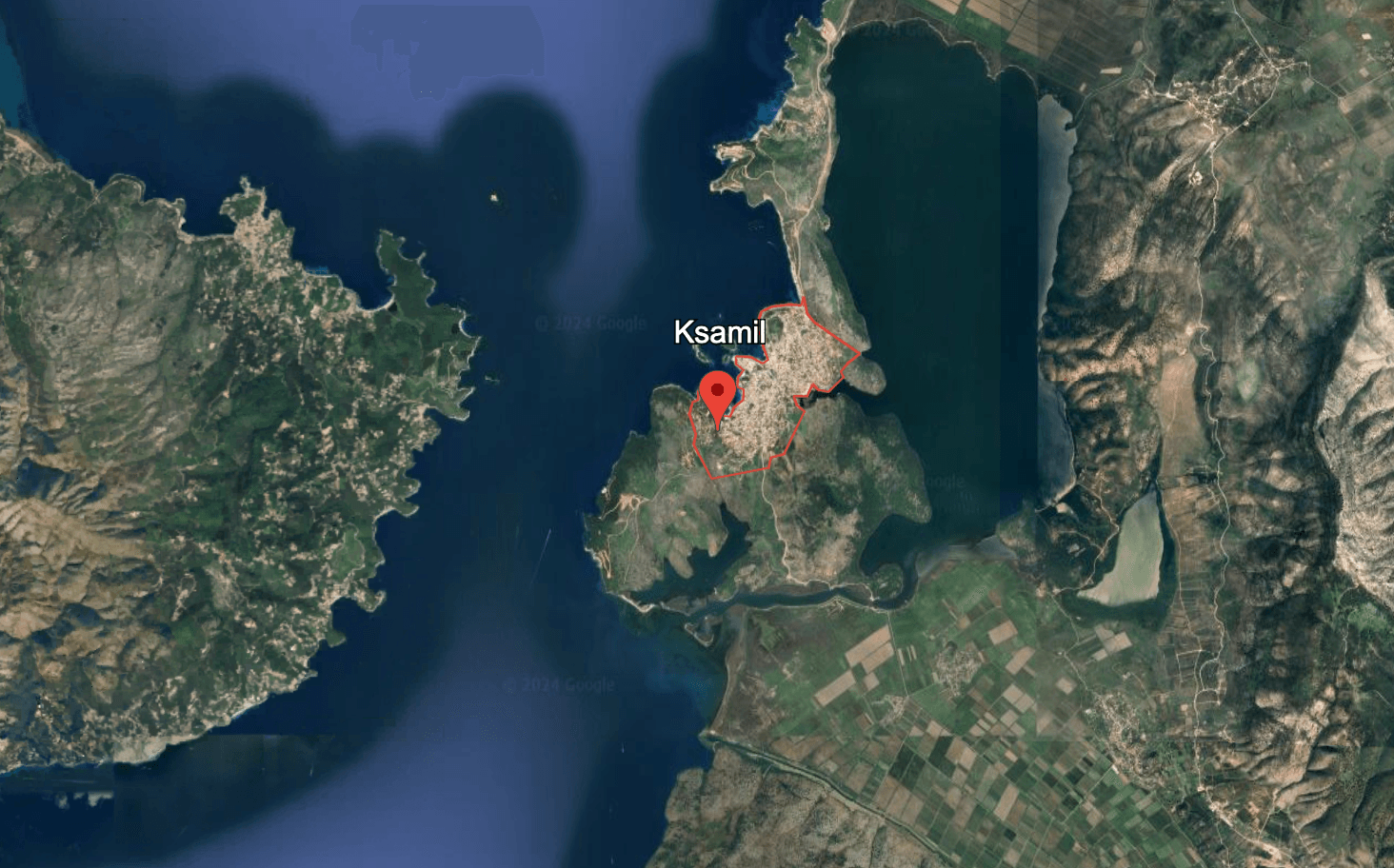Take a Taxi With Patoko Today
Use "WEB" referral code, for a free 50 Toko bonus.

Ksamil, within the Butrint National Park, is a biodiversity hotspot with a rich array of plant and animal species, many of which are rare or endangered. The park's diverse habitats support a significant portion of Albania's wildlife.
Use "WEB" referral code, for a free 50 Toko bonus.
Ksamil, located within the Butrint National Park in southern Albania, is an area of exceptional ecological importance. Its diverse habitats, ranging from coastal waters to wetlands and forests, support a remarkable variety of plant and animal species, many of which are rare or endangered.
Recent scientific surveys and research papers have revealed fascinating but lesser-known aspects of Ksamil’s rich biodiversity. The following facts showcase the area’s biological significance and the need for its continued conservation.
Ksamil and the surrounding Butrint National Park area is home to several rare and important butterfly species, including some that are rarely found elsewhere in Europe. Recent surveys have documented previously unrecorded species in the region.
“New records of rare butterflies (Lepidoptera: Papilionoidea) in Albania are presented. The most interesting records are Danaus chrysippus, Gegenes pumilio, Carcharodus orientalis, Pieris krueperi and Hipparchia statilinus.”
Read more
The wetland habitats around Ksamil support a high diversity of amphibian species, representing a significant portion of Albania’s amphibian fauna. These areas are crucial for amphibian conservation in the country.
“10 amphibians, representing 67% of the country’s amphibian species, are found in the Butrint National Park area”
Read more
The varied habitats around Ksamil harbor an impressive diversity of reptile species, including many rare and threatened species. This high concentration of reptile species makes the area crucial for reptile conservation efforts.
“28 reptiles, representing 75% of the country’s reptile species, are found in the Butrint National Park area”
Read more
The wetlands and varied habitats around Ksamil support an incredible diversity of bird species, making it one of the most important areas for avian conservation in Albania. The area is especially crucial for migratory birds and several globally threatened species.
“247 bird species, of which 70% are water birds, are reported for the Butrint Ramsar site”
Read more
Ksamil and the surrounding area support a significant portion of Albania’s mammal species, including several rare and threatened species. This diversity highlights the area’s importance for mammalian conservation.
“39 mammals (cc. 60% of the country’s mammalofauna) are reported for the Butrint Ramsar site”
Read more
The flora of Ksamil and the surrounding Butrint National Park is exceptionally diverse, with many rare and endemic species. This high plant diversity contributes significantly to the overall biodiversity of the region.
“800-900 plant species expected, of which half of them are already reported. One plant species is Endemic and 11 others are sub-endemic.”
Read more
Ksamil’s varied habitats support a diverse insect fauna, including many rare and endemic species. Recent studies have revealed new species and expanded the known ranges of others.
“Forty-five species of arachnids have been collected from 14 localities in Albania.”
Read more
The coastal waters of Ksamil provide refuge for endangered sea turtles and marine mammals, including occasional visits from the critically endangered Mediterranean monk seal. The area’s marine biodiversity is of significant conservation importance.
“Littoral waters of BNP area are visited by rare and globally threatened sea turtles, such as Loggerhead Caretta caretta (EN) and Leatherback Dermochelys coriacea (CR)”
Read more
For nature enthusiasts, Ksamil offers year-round opportunities for wildlife observation, with peak seasons in spring for bird migration and wildflower blooming, and autumn for butterfly watching. The combination of accessible locations and remarkable biodiversity makes it an ideal destination for both serious researchers and casual nature lovers.